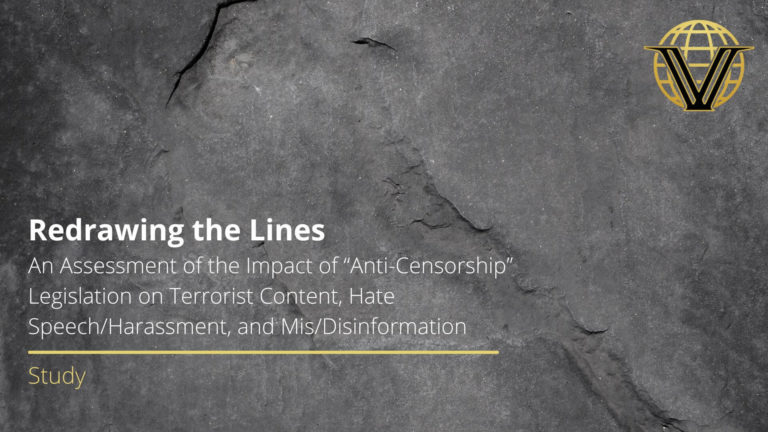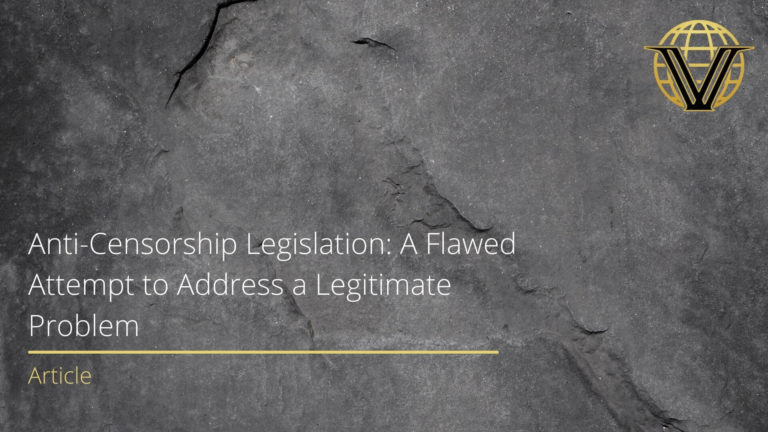Bridget Moreng and Nathaniel Barr
In January 2015, Kurdish forces drove the so-called Islamic State (also known as ISIS) out of Kobani, a city previously considered to be one of the group’s strongholds. At the time, ISIS released an audio statement to restore the morale of its beleaguered fighters. In it, spokesman Abu Muhammed al-Adnani reassured ISIS foot soldiers that the group was “becoming stronger and stronger” and “taking confident steps with no doubt or hesitation.” Adnani then dropped a bombshell: ISIS had added Wilayat Khorasan—a territory encompassing Afghanistan and Pakistan—to its growing list of international outposts.
Since the establishment of Wilayat Khorasan, Afghanistan has become central to ISIS’ campaign for global expansion. But challenges in Afghanistan have plagued the group from the very start. After more than two decades of conflict, the Taliban is deeply entrenched in Afghanistan’s militant communities. As an indigenous force, it can draw on tribal relationships and ethnic loyalties, an inherent advantage over ISIS. And although the Taliban may not be particularly savvy on social media, the group understands the needs and desires of Afghanistan’s jihadists in ways that ISIS can’t.
ISIS understands its disadvantages, though, so to outmaneuver the Taliban, it has implemented a multifaceted messaging strategy that portrays the Taliban as illegitimate and in a state of disarray. The group has also built up a robust media apparatus, including a new radio station, Voice of the Caliphate, to disseminate its propaganda in Afghanistan. The campaign has fueled popular perceptions that ISIS is gaining strength in Afghanistan and across the world. A September 2015 UN report claimed that ISIS was active in 25 of Afghanistan’s 34 provinces and that the number of people declaring loyalty or sympathy to ISIS “continues to grow.” For some of its data, the report relied on Afghan government sources, which stated that some 10 percent of Taliban members are ISIS sympathizers. But ISIS’s future in Afghanistan is not so certain, and the group’s trajectory there will largely hinge on its ability to convince its adversaries and potential supporters to buy its story.
BESMIRCHING THE TALIBAN
In its war of words in Afghanistan, ISIS has attacked the Taliban with a smear campaign that would make political operatives and spin doctors proud. The group has relentlessly challenged the Taliban’s jihadist credentials, implying that it caters to regional state governments. In an audio statement released in August 2015, Sheikh Jalaluddin, a senior religious cleric for Wilayat Khorasan, asserted that the Taliban was a puppet of Iran and the ISI, Pakistan’s intelligence agency. Then, in the seventh issue of the group’s English-language magazine Dabiq, ISIS boasted that Khorasan had executed a Pakistani soldier, an act that the Taliban would not dare commit because of its “deviant and feeble stance towards the Pakistani army.”
ISIS has also challenged the legitimacy of the Taliban leadership. In the months before the Taliban announced the death of leader Mullah Omar, ISIS waged a campaign against the one-eyed Taliban emir. The tenth issue of Dabiq, published in July 2015, featured a lengthy comparison of Omar and ISIS emir Abu Bakr al-Baghdadi, in which ISIS claimed that Omar’s “nationalist” worldview hindered efforts to “unify the ranks of the Muslims all around the world.” When the Taliban announced Omar’s death in July 2015, ISIS shifted the focus of its criticism to Omar’s successor, Mullah Akhtar Mansour. In a video released in August 2015, ISIS accused Mansour of being an ally of Iran.
The Taliban’s multiyear cover-up of Omar’s death (although the Taliban finally announced his death in 2015, it is believed that he had died in 2013) provided ISIS’ social media army with another opportunity to demean the Taliban and al Qaeda. Immediately after the Taliban announced Omar’s death, ISIS supporters on Twitter began feverishly posting tweets in Arabic with the hashtag #talibanslie, accusing the group of being untrustworthy. Similarly, Abu Maysarah al-Shami, an ISIS sharia official, wrote a damning article in which he accused the Taliban of deceiving the ummah (global Muslim population) for years.
Shami also provocatively suggested that al Qaeda may be “following the Taliban’s path” by pledging allegiance to “someone who has gone missing,” a reference to the fact that al Qaeda emir Ayman al-Zawahiri had not released any recent commentary on jihadist developments. Similarly, in the twelfth issue of Dabiq, ISIS notes that al Qaeda’s pledge to Omar “highlighted the deception that al Qaeda regional leaders are capable of.” In other words, ISIS suggested, its rival group’s leadership misled its foot soldiers—a clear ploy to peel away al Qaeda’s rank and file.
On the national level, the group’s criticism of the two Taliban emirs may help ISIS recruit Afghan militants disgruntled with the Taliban’s leadership. ISIS’ strategy also advances the group’s global campaign for jihadist supremacy. Following Omar’s death, al Qaeda recognized Mansour as amir ul-momineen (commander of the faithful), placing him in direct competition with ISIS leader Abu Bakr al-Baghdadi. By discrediting Mansour and labeling him as an illegitimate leader, ISIS hopes it can persuade al Qaeda militants to switch their allegiance.
In an audio statement released in October 2015, Adnani vowed that ISIS would “divide the groups and break the ranks” of organizations that opposed it. This language distinguishes ISIS from the Taliban, which has appealed for unity within the jihadist community, and reflects the group’s strategic logic: if it can create the perception that rival jihadist organizations are fragmenting, it can persuade rank-and-file militants and mid-level commanders to abandon a sinking ship and jump on its bandwagon.
NO OPPORTUNITY OUT OF CHAOS
For all of ISIS’ attempts to besmirch the Taliban, they have yet to capitalize on the group’s internal discord. In fact, the recent establishment of a Taliban splinter faction, composed of several prominent Taliban commanders, amounts to a refutation of ISIS in Afghanistan. Although many reports have indicated that the Taliban faction and ISIS have established an alliance, the splinter group has actually rejected collaboration with ISIS in Afghanistan.
Many of ISIS’ troubles in Afghanistan are of the group’s own making. ISIS has undermined its prospects by criticizing Pashtunwali, the tribal code to which Pashtuns—the majority of the Taliban fighting force—adhere. In Dabiq, ISIS also criticized Deobandi Islam, the Taliban’s prevailing school of Islamic thought. It is therefore not surprising that the only ISIS foothold in Afghanistan is in Nangarhar Province, which, unlike most other provinces, has a significant number of adherents to Salafism, the Islamic methodology practiced by ISIS.
- As ISIS seeks to foment unrest within the Taliban, it has suffered its own internal fracturing in Afghanistan. In late October 2015, ISIS deputy commander (and former Guantánamo Bay detainee) Abdul Rahim Muslim Dost announced that he was abandoning his ties with Hafiz Saeed Khan, Wilayat Khorasan’s emir, whom Dost accused of committing atrocities against innocent Afghan civilians. Although Dost vowed that he would remain loyal to ISIS, the dispute is a poor sign for ISIS’ long-term prospects. Further, even though ISIS pulled off spectacular events in Paris, the Sinai Peninsula, and elsewhere, these attacks are not likely to matter much to Afghan militants, most of whom are focused primarily on Afghanistan.
In April 2014, ISIS succeeded in securing the defections of nine al Qaeda emirs hailing from Afghanistan, Turkmenistan, and Iran in what was deemed the “Khorasan pledge.” This pledge initially sparked speculation that ISIS could secure significant support from al Qaeda in the Khorasan region. But since this pledge, ISIS has struggled to secure additional defections from Khorasan-based al Qaeda operatives. Outside of Afghanistan, ISIS’s efforts to peel militants away from al Qaeda have yielded mixed results. Though the group has managed to acquire pledges of allegiance from Boko Haram and the Sinai Peninsula’s Ansar Bayt al-Maqdis, two groups that were previously in al Qaeda’s orbit, no official al Qaeda affiliates have defected to ISIS. In fact, groups like al Shabab and al Qaeda in the Arabian Peninsula continue to rebuff ISIS’ expansion efforts, with al Shabab aggressively targeting ISIS sympathizers in Somalia. ISIS’ struggles thus far suggest that it will need more than a snappy propaganda initiative to chip away at the al Qaeda network.
ISIS has struggled to navigate Afghanistan’s complex web of tribal, ethnic, and religious relationships. In other words, propaganda and spin can only take ISIS so far in Afghanistan. Until the group’s leaders better understand the complex politics of Afghanistan, they may find themselves stymied in the graveyard of empires.



